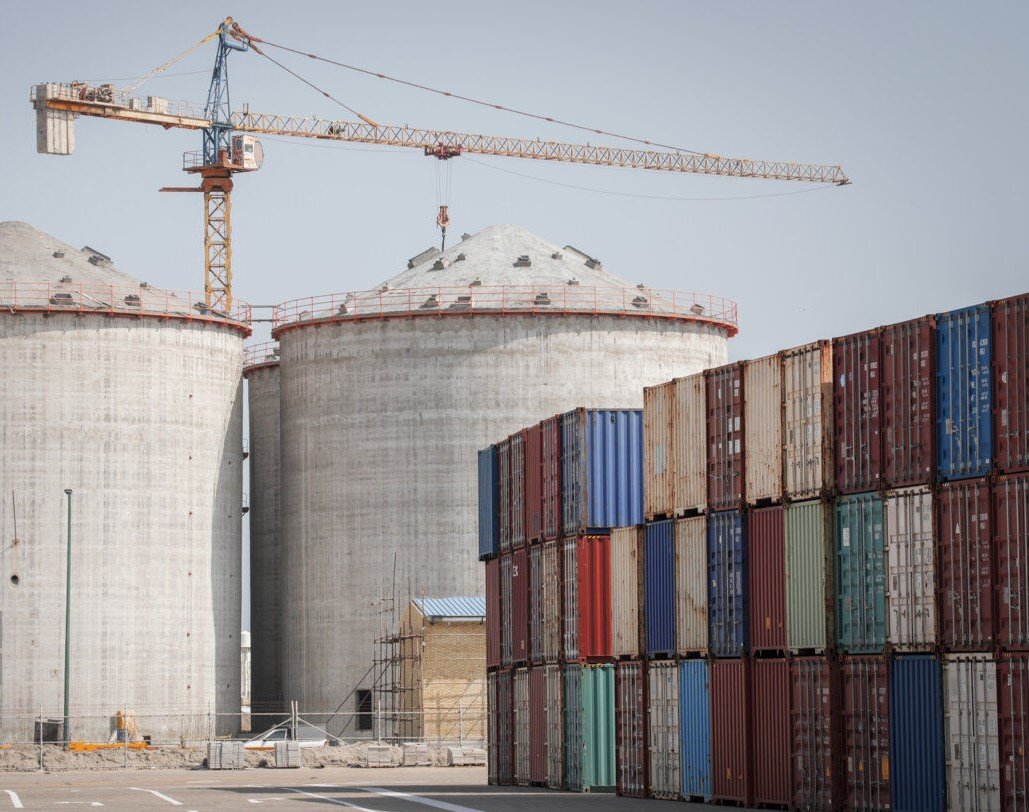Iran’s non-oil exports to neighbors rise by 28%

TEHRAN - Iran exported 75.38 million tons of non-oil goods to its 15 neighboring countries in the first 10 months of the current Iranian calendar year (March 20, 2024-January 19, 2025), valued at $29.78 billion—an increase of 24 percent in weight and 28 percent in value compared to the previous year.
These exports accounted for 59.2 percent of Iran’s total export weight and 62.4 percent of its total export value during this period, according to Ruhollah Latifi, spokesperson for the Trade Development Committee of the House of Industry, Mining, and Trade.
Overall trade between Iran and its neighbors reached $59.7 billion, marking a 19.2 percent increase in value and a 16.2 percent rise in weight compared to the same period last year.
Latifi noted that from the beginning of the year until late January, Iran exchanged 93.57 million tons of non-oil goods with its neighbors, representing 59.2 percent of the country's total trade volume and 57.5 percent of its total trade value.
Iraq was Iran’s top export market, purchasing $10.18 billion worth of goods, reflecting a 31 percent growth. The UAE followed with $5.96 billion, up 12 percent, and Turkey ranked third with $5.54 billion, an increase of 43 percent. Afghanistan and Pakistan were the next largest buyers, importing $1.97 billion and $1.94 billion, with growth rates of 31 percent and 16 percent, respectively.
Other key export destinations included Oman at $1.3 billion (up 14 percent), Russia at $889 million (up 17 percent), Azerbaijan at $573 million (up 14.5 percent), Turkmenistan at $460 million (up 25 percent), Armenia at $402 million (up 21 percent), Kazakhstan at $227 million (up 39 percent), Kuwait at $193 million (up 34 percent), Qatar at $112 million (up 24 percent), Saudi Arabia at $23.78 million (up 6,492 percent), and Bahrain at $13.44 million (up 61 percent).
Latifi emphasized that while trade with neighboring countries has seen significant growth, further expansion requires addressing logistical and financial challenges to unlock the full potential of regional trade.
EF/MA
Leave a Comment